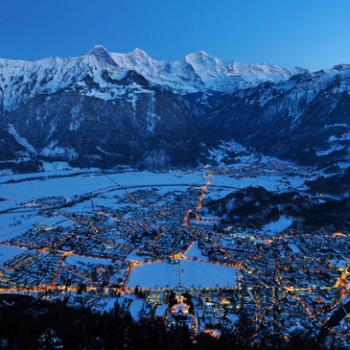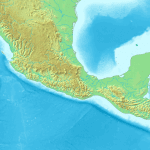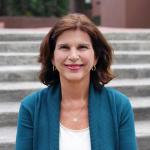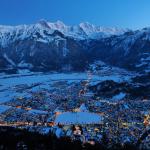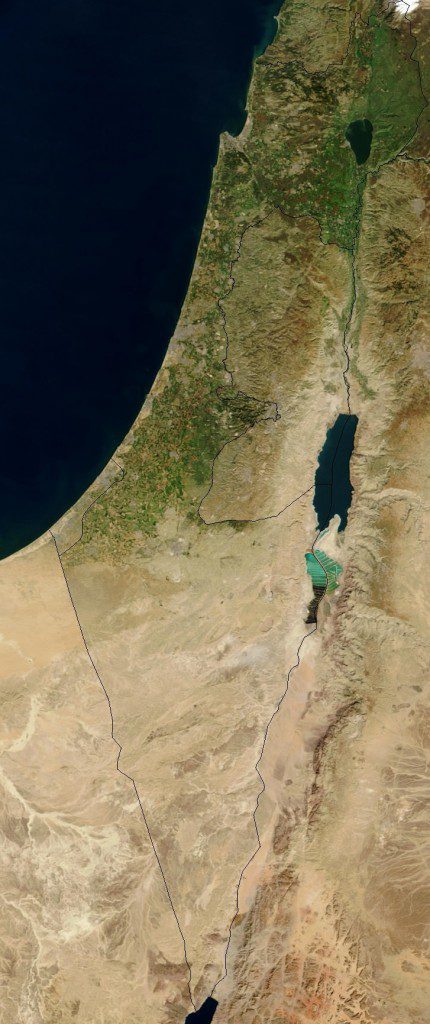
(Wikimedia Commons public domain)
Fascinating (if slightly alarming) reading:
https://cosmosmagazine.com/geoscience/the-science-of-supervolcanoes
And don’t miss this, too:
“Seven of the biggest volcanic explosions to rock the Earth”
Volcanism is a much less prominent component of the geological history here in Israel. But that doesn’t mean that the area is geologically quiescent. Earthquakes, for example, have been recurrent events, both prehistorically and, quite significantly, during historical times.
The Jordan Rift Valley, which is also called the Syro-African Depression, is a major factor in the area’s geological history. It runs between Israel/Palestine and today’s Hashemite Kingdom of Jordan. It includes the entire length of the Jordan River — from its sources around Mount Hermon in the north through the Huleh Valley (where a lake existed until relatively recently), on through the Sea of Galilee and the Lower Jordan Valley to the Dead Sea, the lowest point on Earth’s surface, continuing through Arabah depression and the Gulf of Aqaba (or, if you’re an Israeli, the Gulf of Eilat), until it finally reaches the Red Sea proper at the Straits of Tiran.
The Jordan Rift Valley was formed during the Miocene epoch (roughly 24 million to 5 million years ago) when the Arabian Plate moved northward and then eastward away from Africa. One million years later, the land between the Mediterranean Sea and the Jordan Rift Valley rose — that’s the land upon which much of biblical history occurred and where the state of Israel now sits — so that sea water stopped flooding the area. Movement hasn’t altogether ceased, though, so significant seismic events do still occur. Many of the region’s ruins (for example, at Beth Shan, or Beit She’an) show distinct signs of earthquake damage.
Posted from Tel Aviv, Israel




